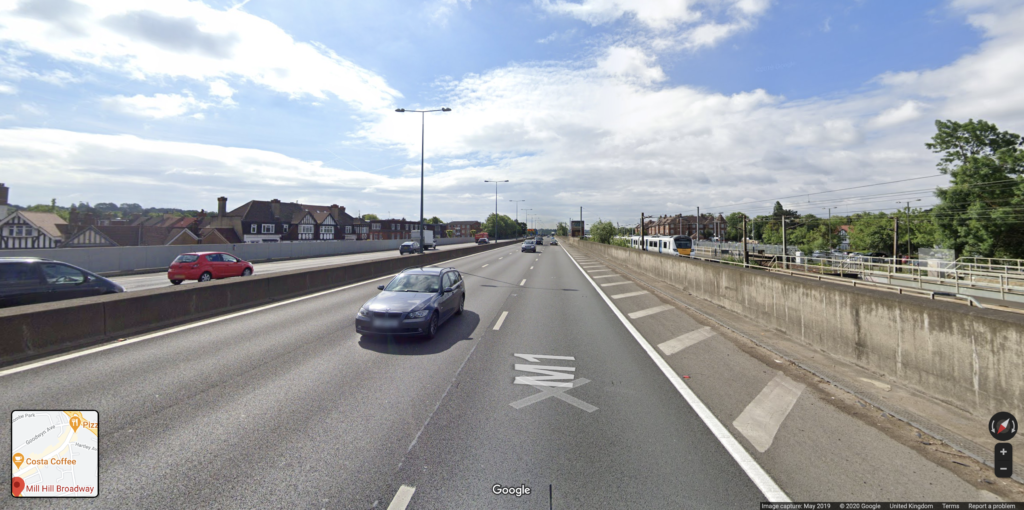
Cambridge Approaches is pleased to see the recent “announcement of new a off-road route for the C2C guided busway” between Cambourne and Cambridge, partly along the north side of the A428. The guided bus and Metro would relieve the pressure on local transport systems and shows a great example of joint planning by using multi-modal design where different forms of transport use the same corridors. We need to see more of this type of planning.
The National Infrastructure Commission report “Partnering for Prosperity” encapsulates the transport vision for the Oxford – Milton Keynes – Cambridge Arc. “The proposed East West Rail and Oxford-Cambridge Expressway projects would provide a step change in connectivity across the arc, linking its major economic centres in a way not seen for over half a century.
“These schemes, taken together, have the potential to create a multi-modal transport spine, which through new stations and junctions, can enable the creation of new communities.”
Multi-modal transport spines or corridors have several benefits. They can:
- allow passengers to easily change between modes of transport: car, train, bus, cycle, walking and metro
- reduce the impact on villages and the surrounding countryside / urban landscape in several ways: noise, visual, farming, severance of roads and rights of way, listed buildings, historical sites, wildlife reserves and the beautiful countryside we all appreciate
- allow a better alignment with local development plans
- offer opportunities for shared infrastructure costs and hence are fiscally efficient.
Cambridge Approaches welcomes the news that East West Rail Company is also looking at a multi-modal corridor and has listened to feedback on the subject. However, they have expressed some general concerns about the use of such a corridor alongside the A428 and the M11 but Cambridge Approaches considers that these are not valid in these locations.
The East West Railway concerns about the practicality of multi-modal spines are shown below with Cambridge Approaches responses:
“• Railways and roads have different tolerance for gradients: roads can climb much more steeply than rail The proposed line is going through reasonably flat countryside.
• Railways and roads have different preferences for curves: road designers tend to prefer to include bends and other features in new roads – avoiding long, straight sections helps to keep drivers alert; railway designers prefer long, straight sections to improve visibility. The A428 and M11 are broadly straight and certainly within the limit of curves for railways.
• Bringing them close in places but diverging in others could result in areas between the two becoming wasted ‘dead land’. With careful planning, the road, rail, bus and bicycle lanes could all stay close together to reduce any dead land. Any unavoidable dead spaces could be used for wildlife protection.
• Creating appropriate access routes for people to cross a combined rail-road corridor could be more challenging than across two separate projects. If the routes for transport are sensibly designed with small areas of dead land between them (see above), continuous bridges crossing will be cheaper than individual bridges crossing separated transport routes.
It may be that for short stretches in specific locations building road and rail close together is the right approach.
We are keen to explore the efficiencies which could be realised from more than one infrastructure project working in the same area at the same time. We are in touch with the team at the A428 and will continue to work with our counterparts at Highways England and your Local Authorities to ensure that the planning and delivery of these transformative projects is coordinated.”
If one wants an example of road and rail side-by-side have a look at the stretch of the M1 from Mill Hill to the north circular road. This was built about 50 years ago; Cambridge Approaches is encouraging EWR Co to persist with using multi modal corridors. Rural south west Cambridgeshire deserves better than the further pillage of the option E area by multiple route corridors for transport that doesn’t serve its communities.
Cambridge Approaches is urging EWR to use existing transport corridors where this is at all practical. Cambridge Approaches is calling on the local politicians and planners to resist attempts by EWR Co to use railway lines outside of existing transport corridors unless essential.
3 replies on “Cambridge Approaches Praises Use of Multi-Modal Corridors for the EWR Central Section”
The points you make are very convincing. Thank you for keeping the pressure on EWR to make wise choices.
Thank you, I agree with Tessa.
Absolutely agree …. 100% …… this is such a logical and well concept …. tried and tested as you say and in many other forward thinking countries around the world …. very well put!
Tom Lindley.